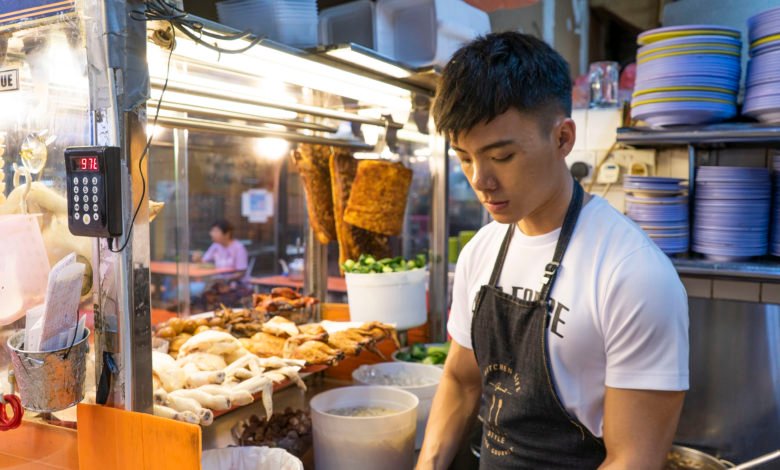
One of the most iconic scenes in Singapore is our bustling hawker centers, widely spread throughout the entire island. All of them offer a repertoire of food from different culture, at an affordable price, making hawker food one of the favorites among Singaporeans and foreign friends alike. After enjoying decades of success and patron, Singapore hawker culture is now facing many obstacles, there is even a possibility that hawker may no longer exist in the future. What could be some of the troubles faced by hawkers? We will take a deep look and hopefully, we may be able to save our hawkers.
No Successor
For many decades, we have enjoyed local food at our fingertips. Sometimes, we may also enjoy it with our parents and our children, spanning across generations. Not only that, there are many hawker stalls that are more than 50 years old. However, many parents taught their children, and still do, to be highly educated in order to have higher-paying jobs with very little physical work required. This resulted in many children having the wrong impression that hawker is not a worthy career to even consider.
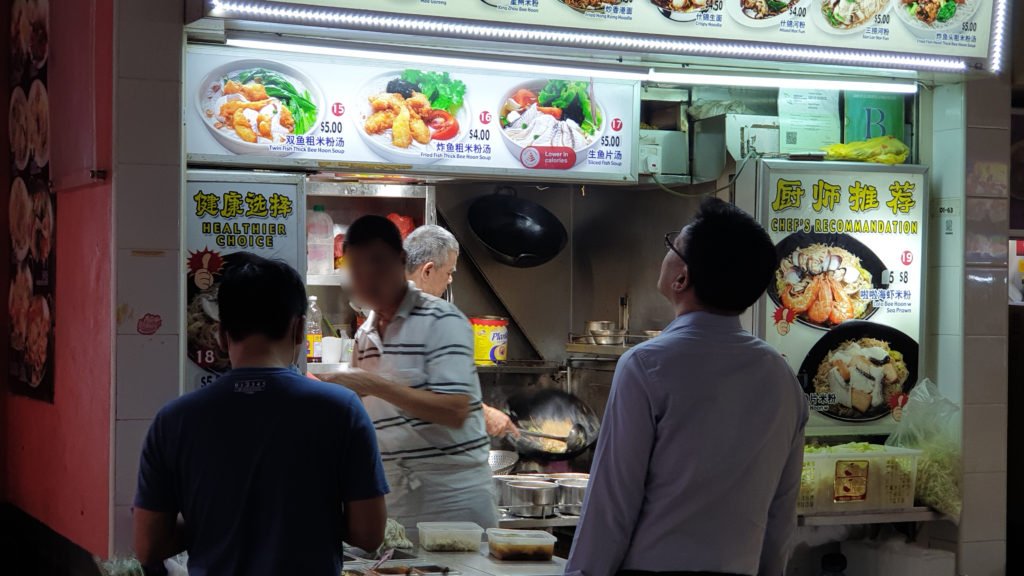
As of right now, many hawker owners are getting older, some of them are in their 80s, yet they are still operating today. Many of them are not retiring due to some very simple reasons, some of them reflected me that either they do not want to end their business and spend the rest of the day doing nothing or they are hoping their customers can get to enjoy good food as long as they can.
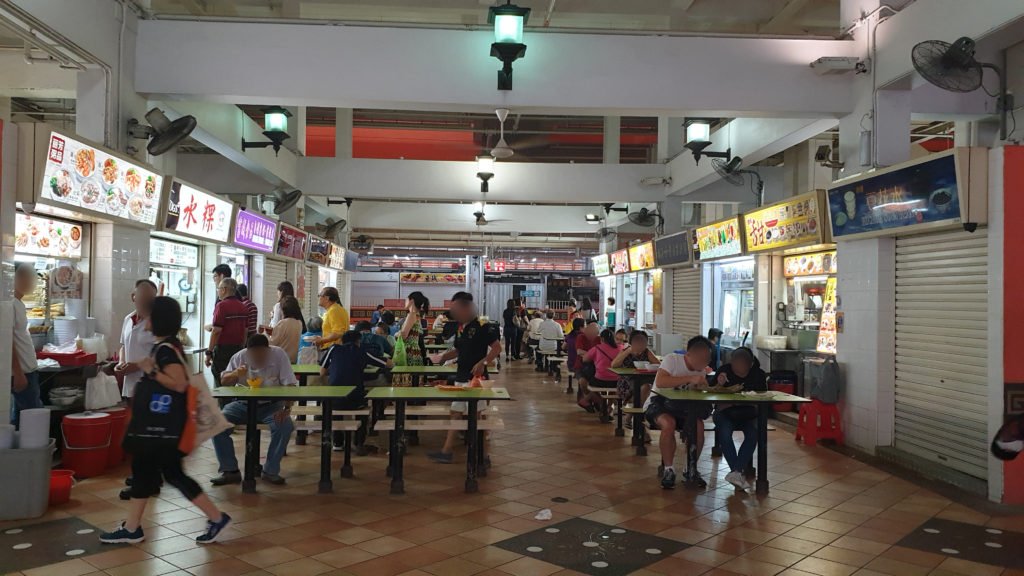
It does shine a very sad light upon the future of our hawker culture, as many famous hawkers ended when their culinary skills and recipe did not get passed down to the next generation.
Increased difficulty in operating a hawker.
In contrast to many people’s prejudice, operating a hawker stall is not as simple as it seems. A hawker owner will have to adhere to many examinations and criteria before they can start their business, they have to attend hygiene course as a requirement from NEA, ensuring all operators are able to produce food in a hygiene manner. Not only that, each stall will be graded based on the standard of hygiene, if it is too low, the owner may not be able to continue to operate their stall. Although it is extremely important to the operator and hawker patrons, it does prove to be an obstacle for any potential hacker to start a new business.
All of us enjoy having our favorite meals in a hawker center, or a name is commonly known by older generations, “Kopitiam”. Roughly translated into “Coffee shop”, they exist throughout history and lasted to this day. Now, these coffee shops are facing the biggest obstacles of all, rental. As Singapore constantly developing its own infrastructure, the rental of each stall is also getting higher. If the location is good enough, the rental will reach a ridiculous price. Many operators wanted to maintain a low-priced hawker food, but the high rental fee proves to be the straw that broke the camel’s back, resulting in many operators to fold up their business for good. Rubbing salt in the wound, many large corporations also required the owners of the stall to pay 10% to 20% of their weekly avenue on top of the rental, this is not helping to preserve and prosper the hawker culture.
Change in eating habit
People’s eating habit changes every now and then, but they are mostly following a trend. A few decades ago, people looked at the taste and price of their food, which is the attraction of hawker food. In the last decade, people are looking for healthier food, low carbohydrate, salt, sugar or even trans-fat free food are the key components. Hawker food of the old cannot provide or very little healthy choice for patrons. Thus so, many patrons decided to avoid hawker food to pursue a healthier lifestyle.
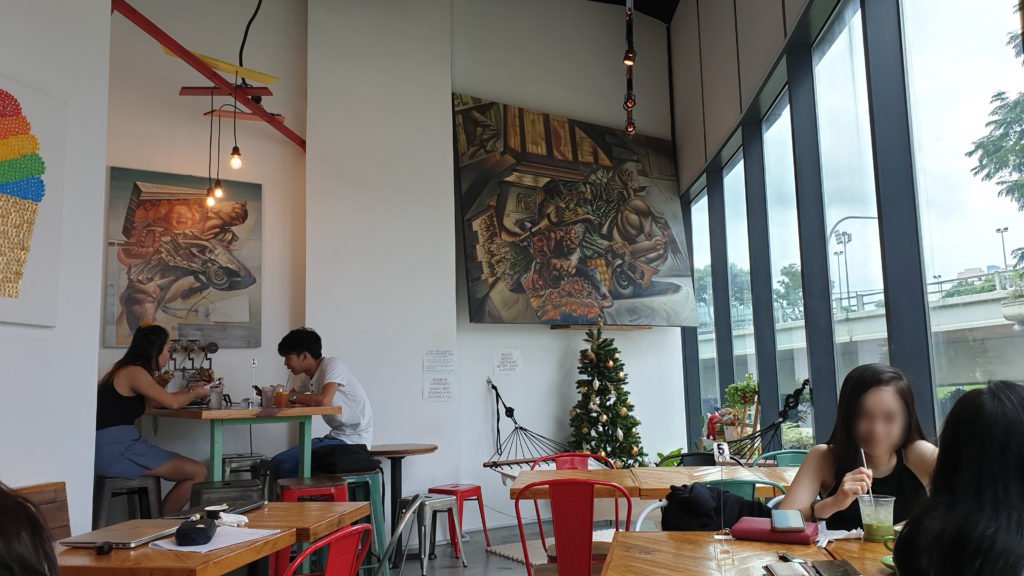
Hawker food also faces the challenge from celebrities’ restaurants and cafés, eating places such as these offer food and creative dishes patrons won’t be able to find in hawker food. As such, many younger foodies will favor such restaurants and cafes. Some of these places even offer food at a lower price too, thus more attractive to younger foodies.
It is not all dark and moody
There are certainly a lot of factors that cause many hawker owners to end their business, some even put potential hackers at bay from starting their journey in culinary. However, there is still hope for our hawker culture.
There are some younger hawkers either started their business in the culinary world or taking over their parents’ legacy and continue on to bring good food to their faithful customers. We have mentioned quite a few times of the Delicious Boneless Chicken Rice, located in Katong Shopping center. As the first-generation owner was approaching their silver years, the future of their stall seems bleak. Until 2018, their son, Soki Goh decided to start learning their culinary skills and operations, so the first-gen owner can retire while the stall continues to the next generation.
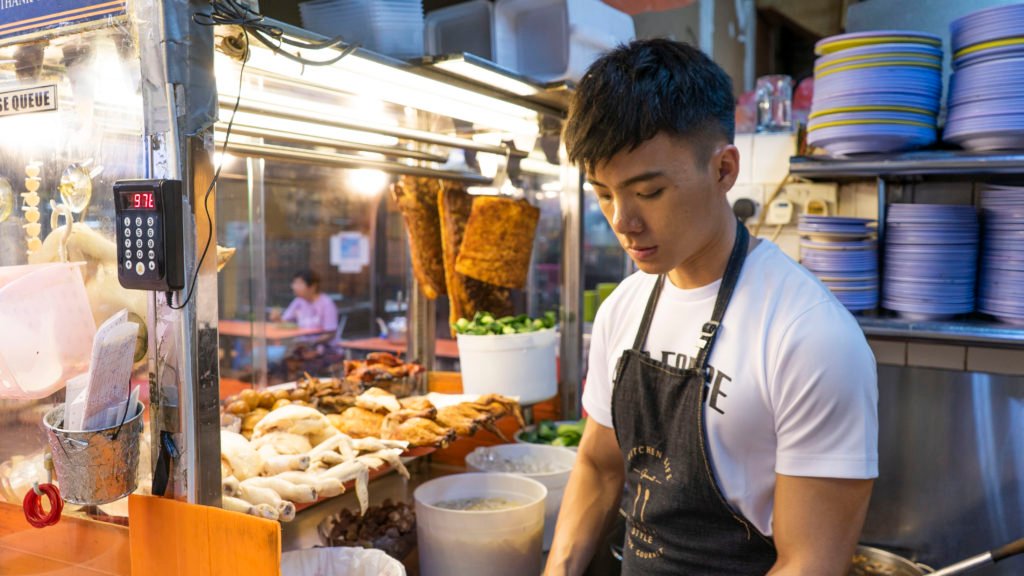
Another stall that also successfully passed down to the next generation is “Teck Huat Coffee Roti”. The first-generation owner, Tony Soh, has passed the baton to his son, Alvin Soh, to run the multiple stalls around Singapore and seemingly operated with much higher efficiency.
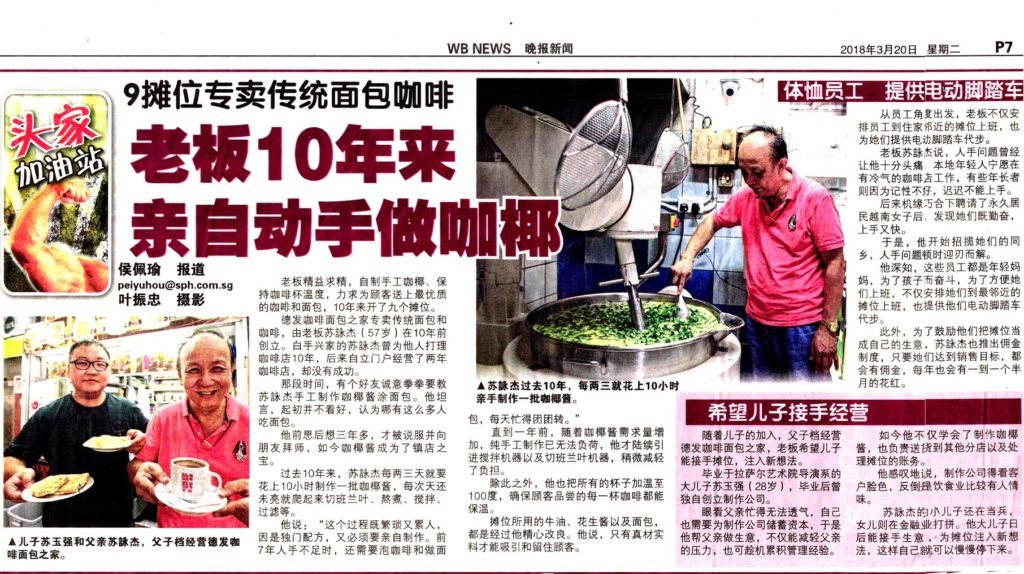
Singapore government also implemented several policies to further assist hawkers to operate and keeping prices low. In 2018, Senior Minister of State in the Ministry of Health and the Ministry of Environment and Water Resources, Dr. Amy Khor, mention focussing on improving the Social-Conscious Enterprise Hawker Centre (SEHC) model that was already implemented into the seven new hawker center back in 2018. The SEHC is programmed to give support to stall owners to manage costs better, allowing better oversight for a regulator like the National Environment Agency (NEA) to take care of hawkers. Singapore even nominated hawker culture for 2019 UNESCO Representative List of Intangible Cultural Heritage, in the hope to preserve the hawker culture in Singapore for future generations.




